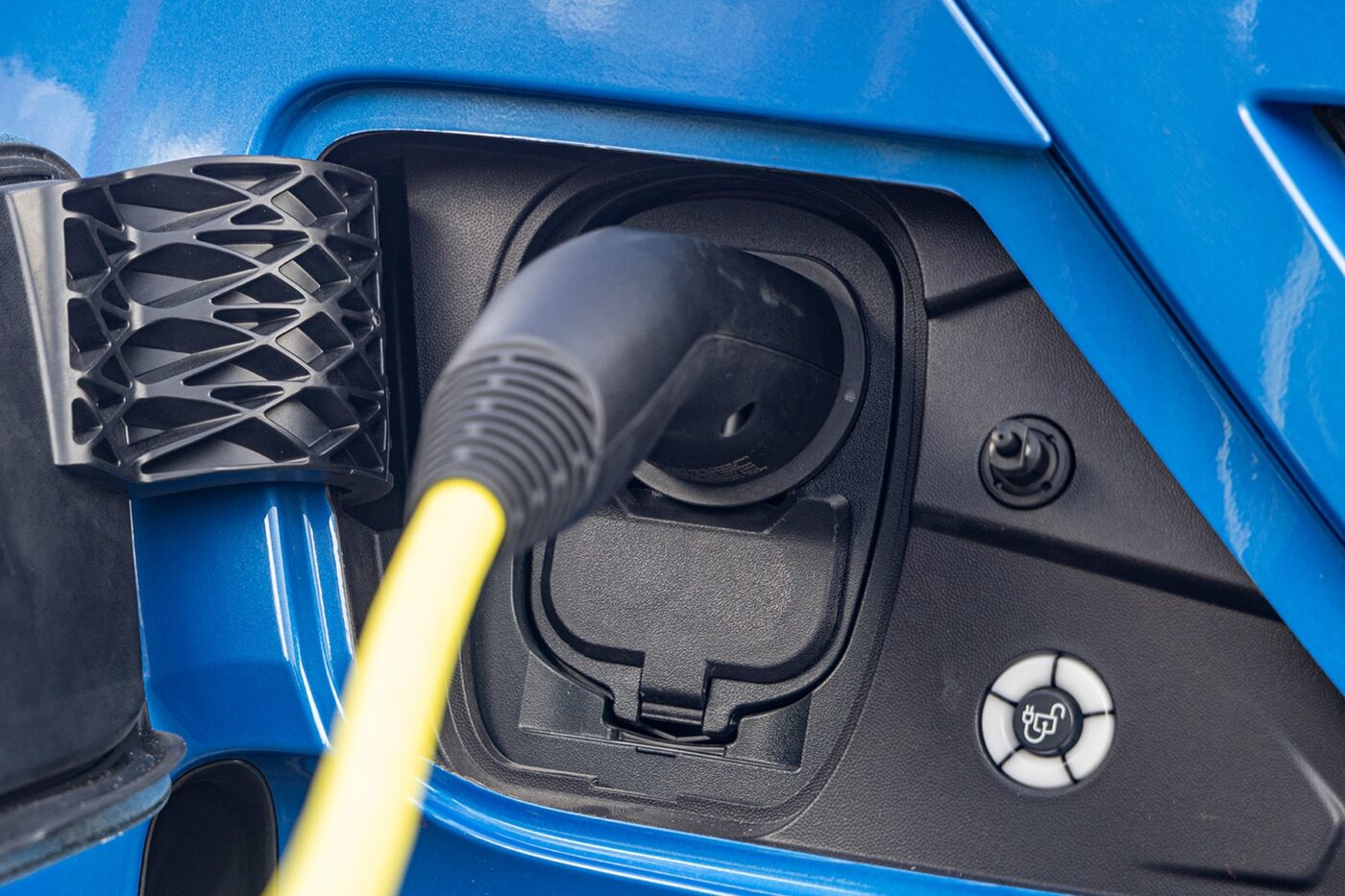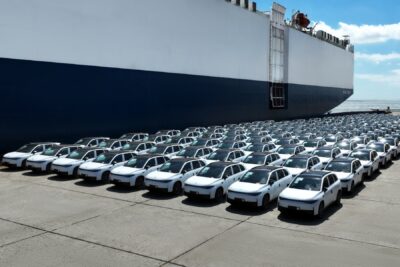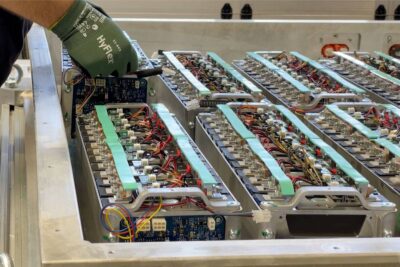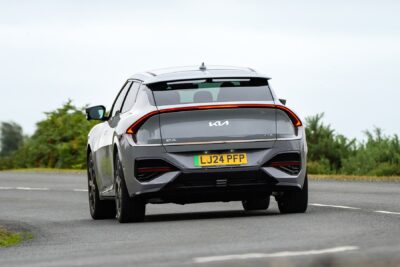EU Commission proposes changes on how carmaker can achieve CO2 targets
The “Proposal for a Regulation of the European Parliament and of the Council” has now officially been published by the EU Commission. We reported on the draft less than a week ago. The goal is to amend the CO2 regulation, offering carmakers “additional flexibility” to comply with “emission performance standards for new passenger cars and new light commercial vehicles for the calendar years 2025 to 2027.”
Essentially, it means that carmakers no longer have to achieve CO2 targets in 2025, 2026, and 2027 – the average counts. Meaning, that if an automaker stays well under the CO2 emission limits this year, it could technically go slightly over next year. The bottom line at the end of 2027 would show that it achieved its target. Or as the proposed amendment explains: “During the period 2025 to 2027, manufacturers should ensure that the average specific emissions of CO2 of their vehicles do not exceed an emissions target, calculated as the average of their annual specific emissions targets over the period. Compliance with the targets should be assessed at the end of the three-year period for each individual
manufacturer. The excess emission premiums should be calculated accordingly.”
CO2 pooling with other manufacturers should also continue to be possible: “In order to align the pooling provisions with the additional compliance flexibility in the years 2025 to 2027, it should be possible to enter into pooling agreements for each of those three years until the end of 2027,” the now-published 29-page document states.
EU Commission President Ursula von der Leyen already announced the move in early March, saying: “Instead of annual compliance, companies will get three years – this is the principle of banking and borrowing; the targets stay the same; they have to fulfil the targets.”
This ‘averaging’ of CO2 emissions has received critique. The environmental lobby group Transport and Environment (T&E) argues that the EU Commission used ‘unrepresentative 2024 sales data to argue for flexibilities.’ It calls the proposed change ‘a mistake,’ saying that ‘it was made despite battery electric car sales in Europe increasing by 28% over the first two months of the year as the industry prepared to comply with the existing 2025 target.’ In other words: While the proposal may help carmakers as they can sell more combustion engines now, it will hurt EV uptake.
“The EV sales rebound shows that the existing EU target is working,” said Julia Poliscanova, senior director for vehicles and e-mobility supply chains at T&E. “Require carmakers to sell more electric cars and the buyers will come. It is a mistake to change the rules in the middle of the game. This must be the last flexibility carmakers are given. Let’s allow the 2030 and 2035 targets to do their work and bring affordable EVs and cleantech investment into Europe.”
Averaging CO2 limits will delay emission targets
The International Council on Clean Transportation (ICCT) explains that carmakers tend to over-comply with CO2 targets, especially if they are set for a longer period of time. “In the case of 3-year averaging, it is to be expected that manufacturers will exceed their 2025 CO2 targets and compensate in 2026 or even only in 2027. Averaging thereby results in a delay of the 2025 CO2 target,” the ICCT states.
The result? According to the ICCT, “averaging results in notable excess CO2 emissions,” because fewer electric cars will be newly registered, especially in 2025. “Instead, more combustion engine vehicles with comparably high emissions will get registered.” That matters in the long run, as these new cars will stay on the road for an average of 250,000 kilometres in Europe, before being replaced.
The now-presented proposal is exactly that – a proposal. Both the European Parliament and the EU Council have to give the green light before it can be implemented.
europa.eu, transportenvironment.org (T&E), theicct.org (ICCT; PDF)





0 Comments